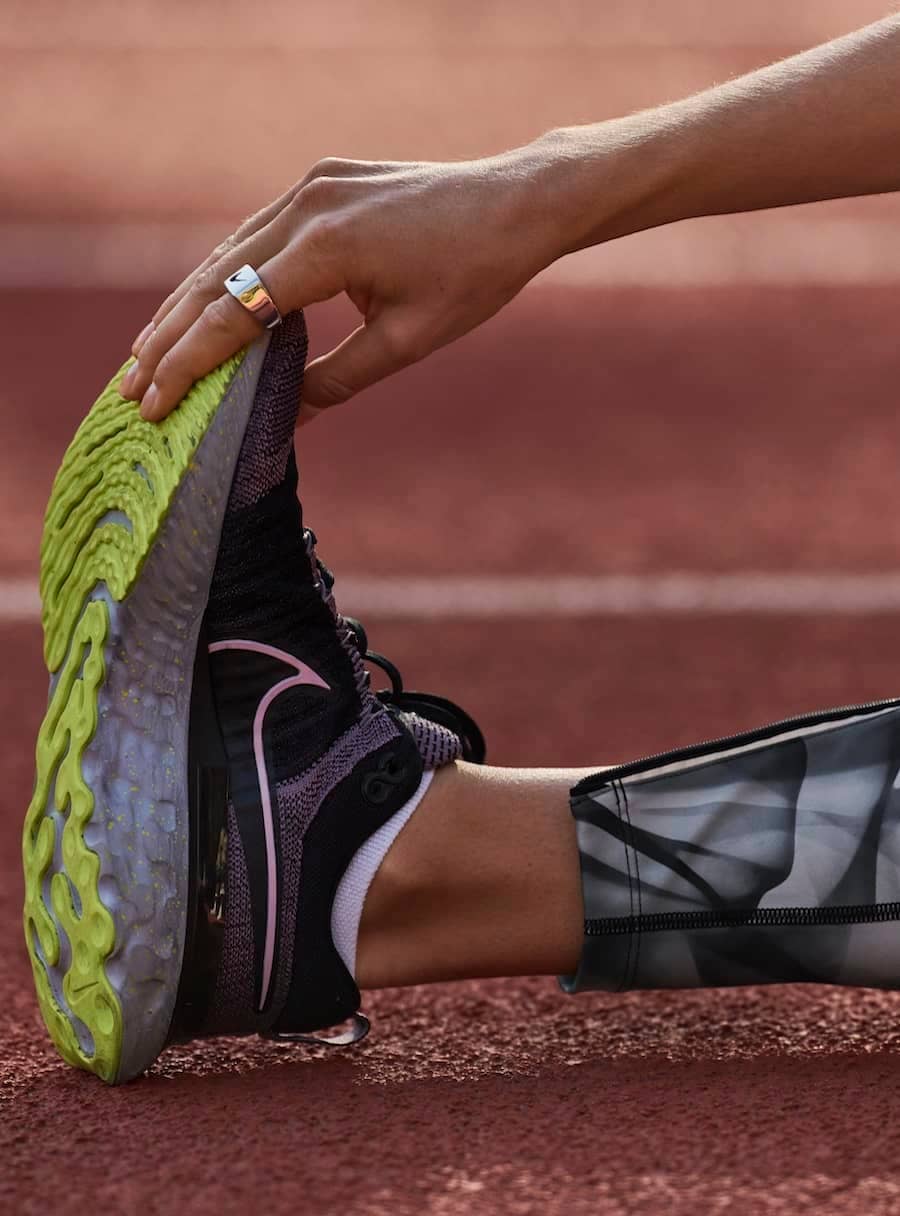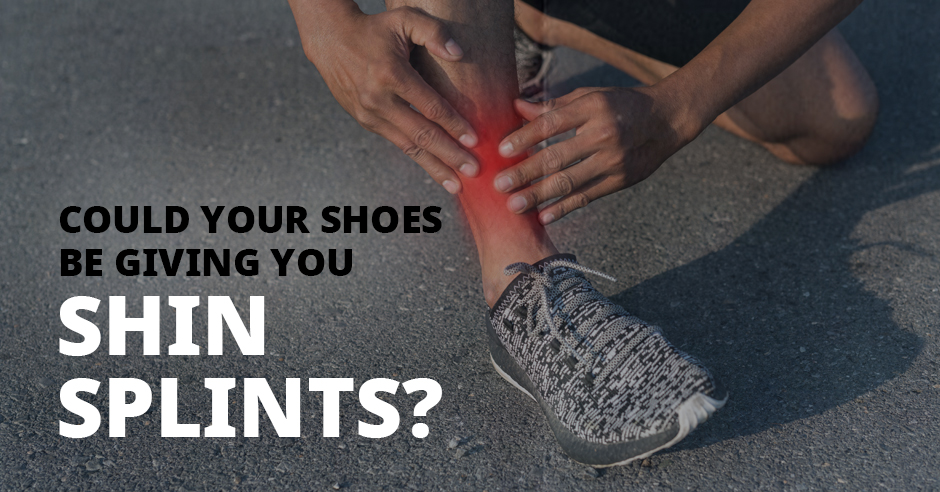New shoes can cause shin splints because they can change the way your foot strikes the ground. This can put more stress on your shins and lead to pain. If you are going to get new shoes, make sure to break them in slowly and be aware of any changes in your running form.
If you’re an avid runner or just someone who likes to stay active, you know that new shoes can sometimes be the cause of shin splints. Shin splints are a common running injury that is caused by overuse or repetitive impact on the shins. This can happen when you wear shoes that are too old and no longer provide adequate support, or when you switch to a new pair of shoes that don’t fit quite right.
If you’re experiencing shin pain, it’s important to take a break from running or whatever activity is causing the pain. Ice and stretching can also help relieve some of the discomfort. If the pain persists, it’s best to consult a doctor or physical therapist to rule out any other possible causes of the pain.
Can Sitting Cause Shin Splints
Sitting for long periods of time can cause shin splints. Shin splints are a common condition that causes pain in the lower legs. The pain is usually felt along the inside of the shinbone (tibia), and is often worse when you walk or run.
Shin splints are caused by overuse of the muscles and tendons around the shinbone. This can happen if you sit for long periods of time without moving your legs much. When you do finally stand up, your muscles and tendons have to work harder than normal to support your body weight.
This can lead to inflammation and pain in the shins.
If you’re prone to shin splints, there are some things you can do to prevent them:
– Stretch your calves and hamstrings regularly.
– Wear supportive shoes that provide good cushioning for your feet and ankles. – Avoid high-impact activities like running on hard surfaces. If you must run, start slowly and gradually increase your mileage over time.
– Take breaks often if you’re sitting for long periods of time. Get up and walk around every 20 minutes or so to keep your muscles and tendons from getting too tight.

Credit: www.nike.com
Why are My Shoes Giving Me Shin Splints?
There are a few reasons why your shoes may be giving you shin splints. First, if you have flat feet or low arches, your shoes may not provide enough support and can cause your shins to overpronate (roll inward). This puts extra stress on the muscles and tendons in your shins and can lead to shin splints.
Second, if you wear shoes that are too narrow or pointy, they can put pressure on the muscles and bones in your shins and also lead to shin splints. Finally, if you participate in high-impact activities like running or jumping, without proper shock absorption in your shoes, this can also lead to shin splints. If you think your shoes may be the cause of your shin splints, try switching to a different pair that provides more support and cushioning.
What are 3 Causes of Shin Splints?
If you’ve ever experienced the pain of shin splints, you’re not alone. This common condition can affect runners and other athletes who put a lot of stress on their lower legs. Shin splints usually occur when the muscles and tendons around your shinbone become overworked.
This can happen if you suddenly increase the intensity or duration of your workouts, or if you don’t give yourself enough time to recover between sessions.
There are several different factors that can contribute to the development of shin splints. Here are three of the most common:
1. Overpronation
One of the most common causes of shin splints is overpronation. This is when your feet roll too far inward when you walk or run, placing extra stress on your shins and lower legs.
If you have flat feet or low arches, you may be more susceptible to overpronation and the development of shin splints.
2. Poor Footwear
Wearing shoes that don’t fit well or provide adequate support can also lead to shin splints.
If your shoes are too big, they won’t provide the stability your feet need when walking or running; if they’re too small, they can cause uncomfortable rubbing and chafing that leads to irritation and inflammation in the muscles and tendons around your shins. Worn-out shoes with worn-down soles can also contribute to shin splints by reducing shock absorption and increasing impact on your lower legs with each step.
3) Excessive Hill Running
While running hills can be great for building strength and stamina, doing too much too soon can lead to problems like shin splits.
Can New Shoes Cause Leg Pain?
There are a few potential reasons why new shoes might cause leg pain. First, if the shoes are significantly different in size, shape or height from your old shoes, it can take some time to get used to them and this can lead to temporary discomfort. Second, if the shoes are too tight or constrictive, they can cause pain by limiting blood flow or putting pressure on nerves.
Finally, if you have any underlying foot problems (such as bunions, plantar fasciitis or hammertoe) that are aggravated by wearing ill-fitting shoes, this could also lead to pain in your legs. If you’re experiencing leg pain after getting new shoes, it’s best to break them in gradually and see how your body responds. If the pain persists or gets worse, it’s worth seeing a doctor to rule out any other potential causes.
Do Shoes Make a Difference for Shin Splints?
There is a lot of debate on whether shoes make a difference for shin splints. Some say that the right shoe can help prevent shin splints, while others claim that any type of shoe will work as long as it fits well. There is no definitive answer, but there are some things to consider when making your decision.
If you are prone to shin splints, then choosing a shoe with extra support may help prevent them. Look for shoes with good arch support and cushioning in the heel and forefoot. Avoid high heels or shoes with very little padding.
If you already have shin splints, wearing supportive shoes can help relieve pain and prevent further injury.
It is also important to make sure your shoes fit well. Shoes that are too tight or too loose can contribute to shin splints.
Be sure to try on shoes before you buy them, and wear socks when you do so you can get an accurate fit. Once you find a pair of shoes that fit well, replace them every few months or as needed so they continue to provide support and cushioning.
There is no one perfect solution for preventing or treating shin splints.
But if you are susceptible to them, paying attention to your footwear is a good place to start. Choose supportive shoes that fit well and replace them regularly, and you may be able to reduce your risk of developing this painful condition.
Are My Shoes Causing Shin Splints | How To Tell If You Need New Running Shoes
Conclusion
If you’ve ever experienced shin splints, you know they can be incredibly painful. Shin splints are usually caused by overuse and repetitive impact on the shins, but new shoes can also be a contributing factor. If you’re starting a new workout routine or increasing your mileage, be sure to break in your new shoes slowly to avoid shin splints.
And if you start to experience pain in your shins, take a break from running and see a doctor to get properly diagnosed and treated.

Leave a Reply